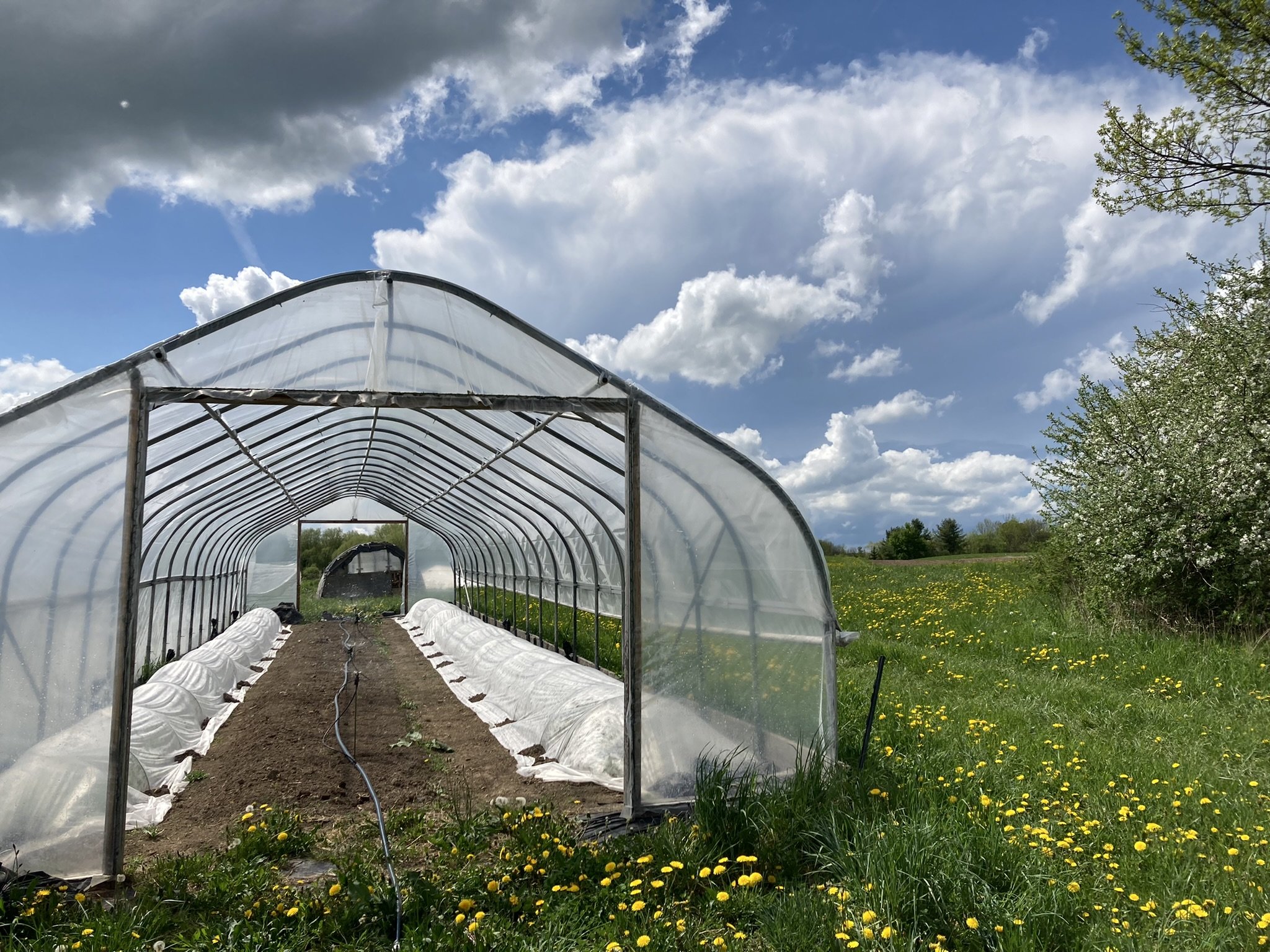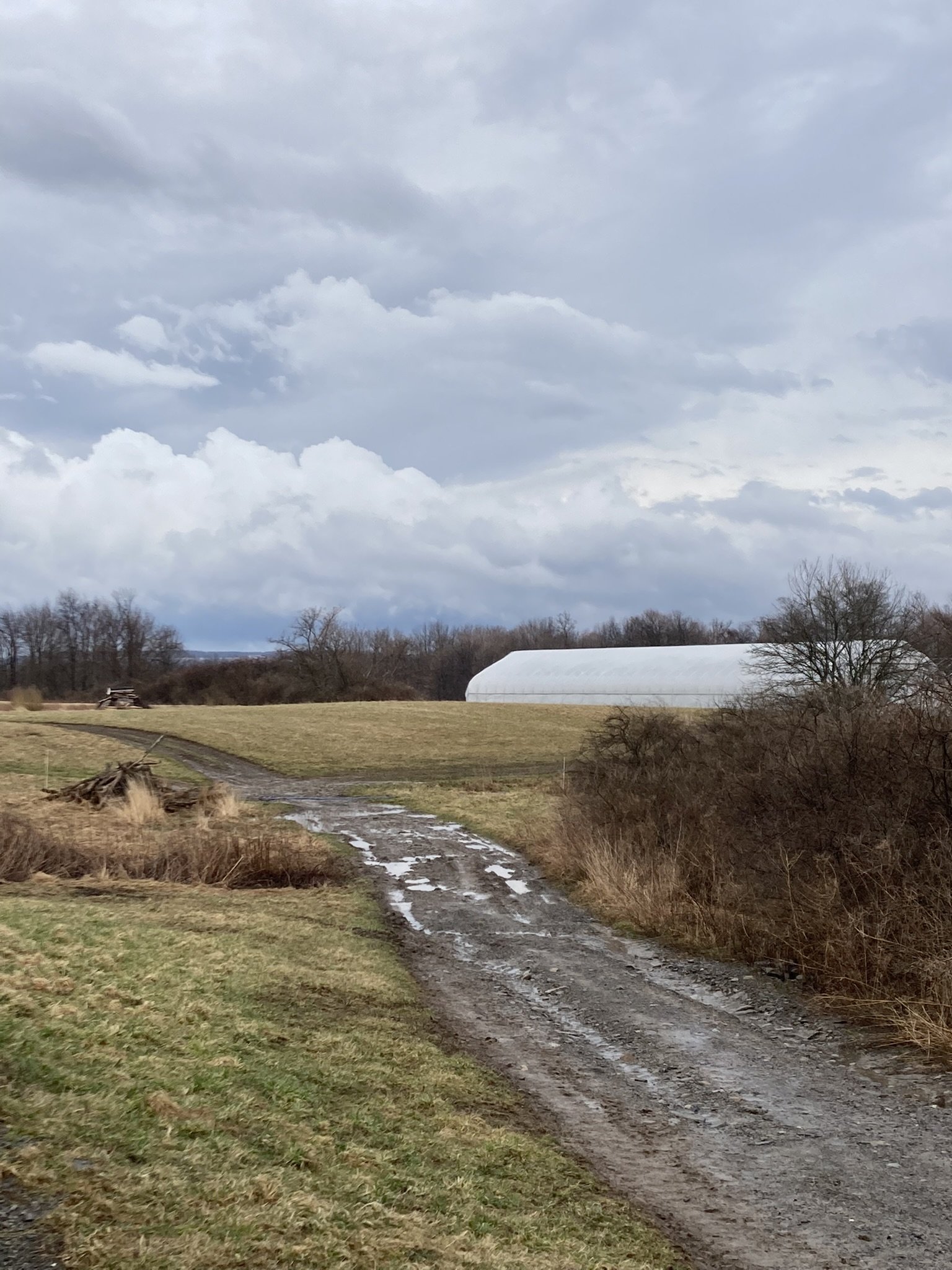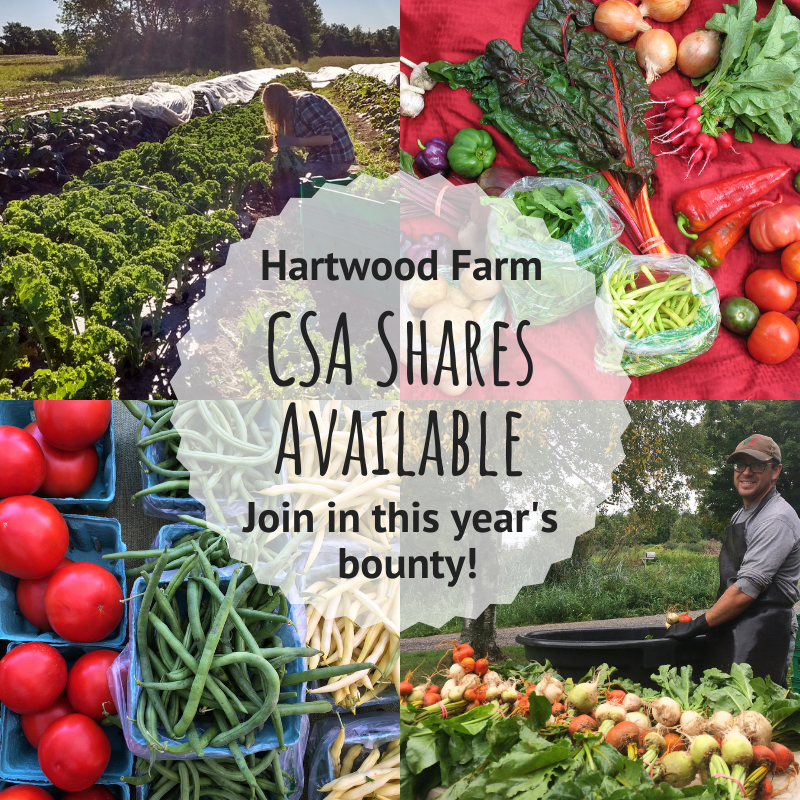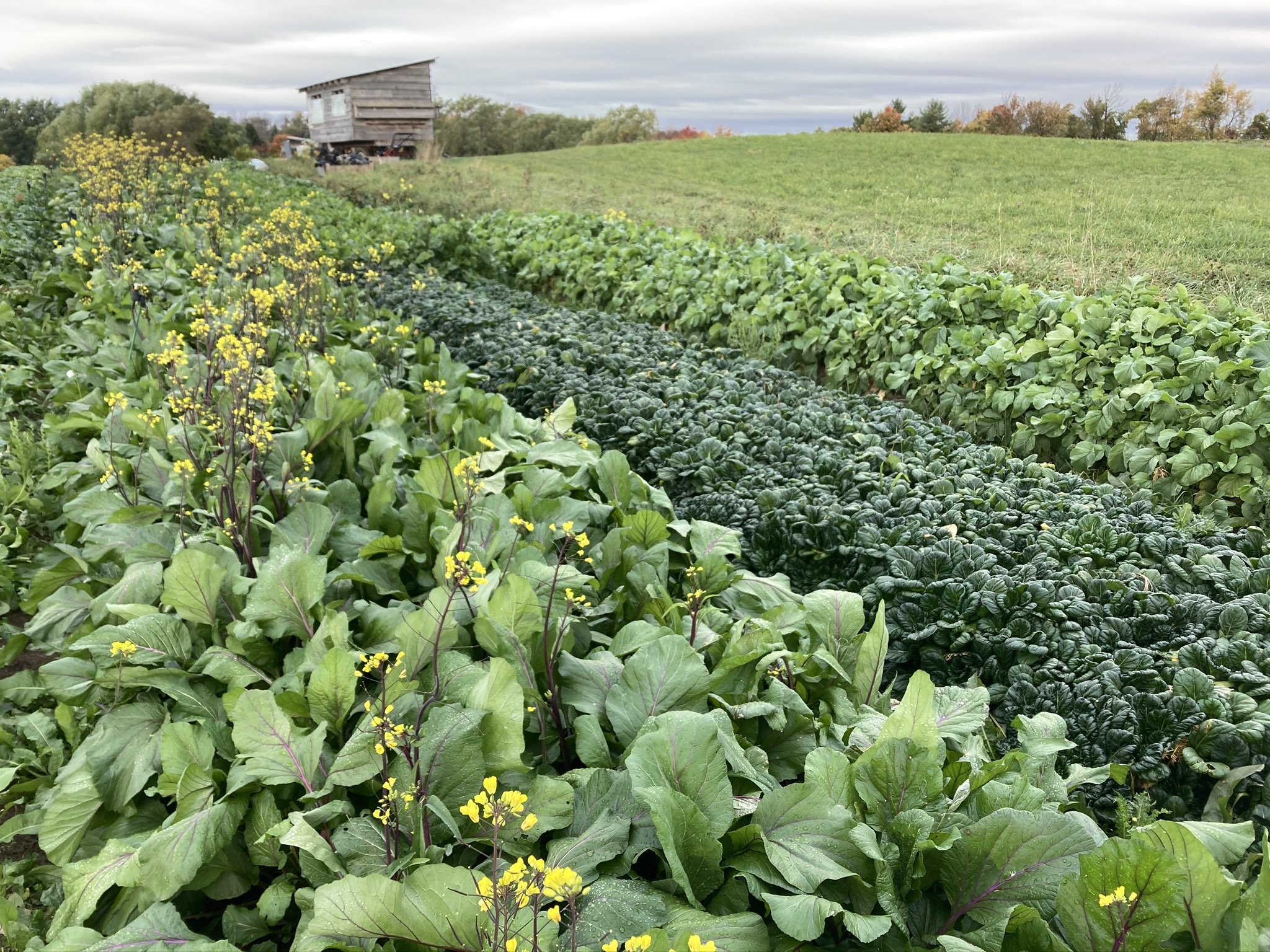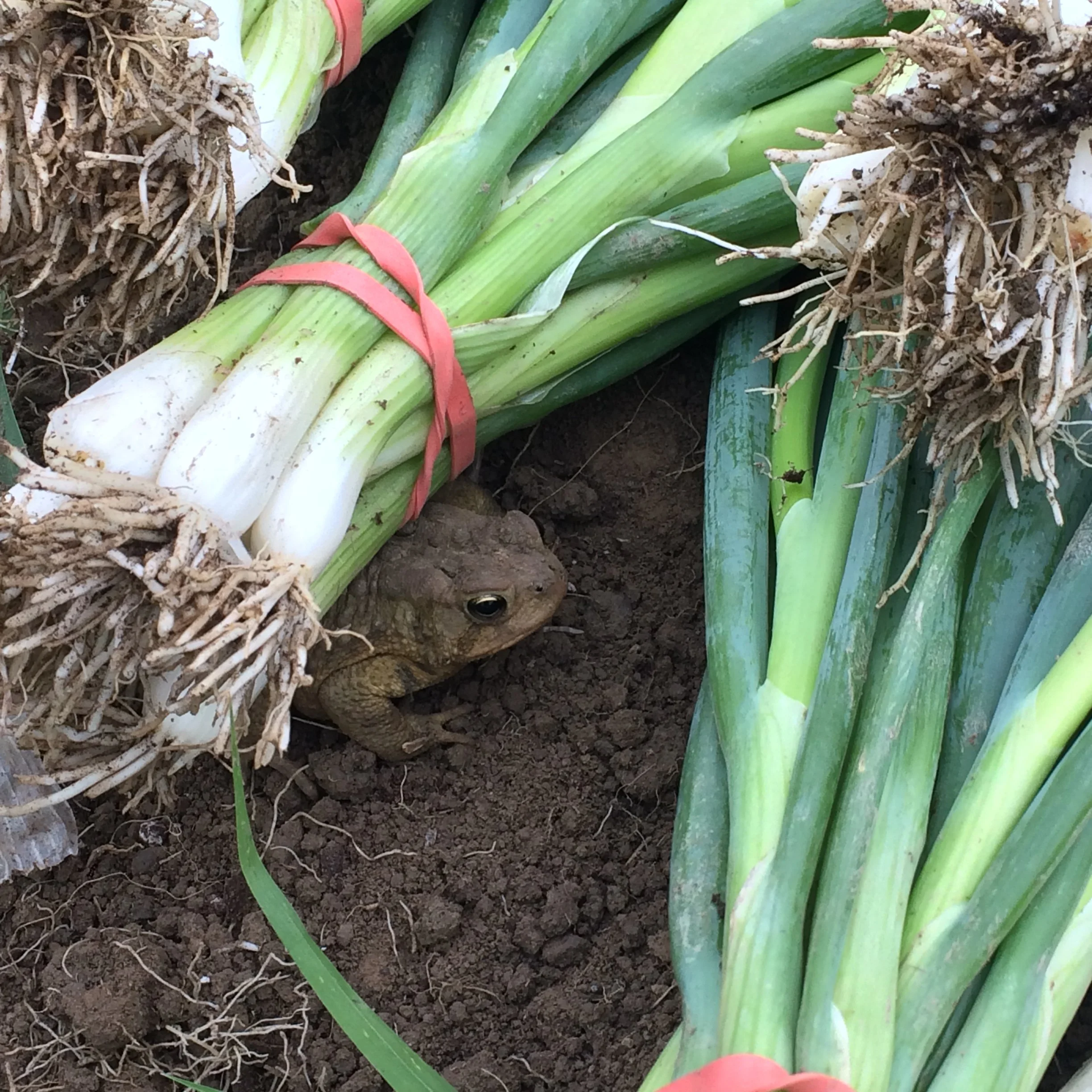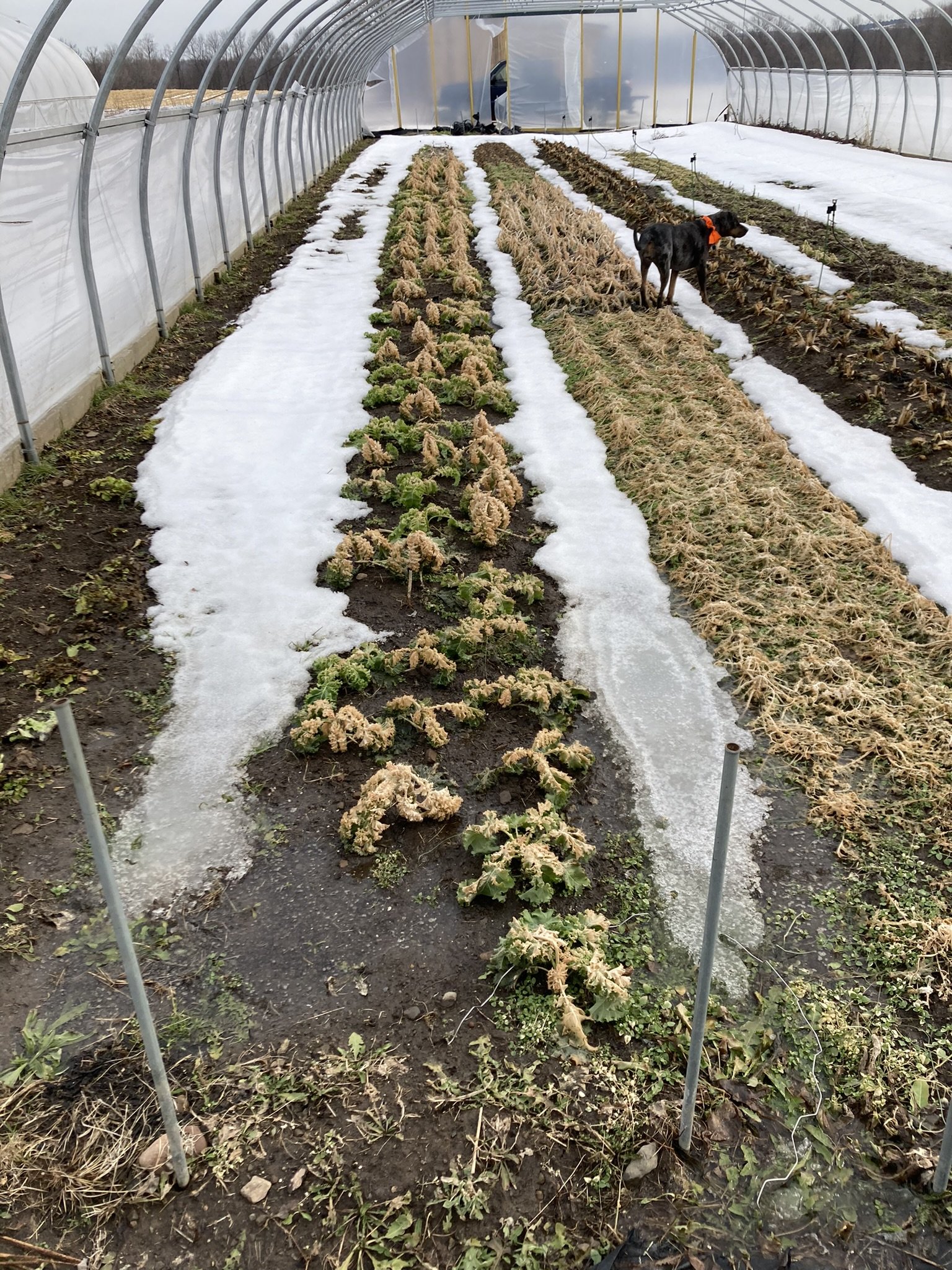Mean Storms and the Frustration of Resilience
/Tomorrow is the first mean storm of the season.
I alternately think of them as smashy storms, Russian roulette storms, or staring-down-the-barrel-of-a-gun storms, but whatever you want to call them, we are kind of over them.
They are not over us.
Here in upstate NY, our latitude and water access insulates us from the worst parts of climate change. Sure, we can get flooding and drought and an occasional brush fire, but nothing in the apocalyptic realm of what much of the world might see on that front.
When it stops raining outside like these glorious last weeks, we can make it rain inside.
But mean storms - those thunderstorms that toss down an inch or four of rain in a half an hour, sometimes accompanied by 70 mph micro-bursts and hail of varying durations and sizes - are the one extreme weather hazard predicted to increase dramatically over the next decades here.
When I was a kid growing up in northern Indiana, I loved sitting on our west facing porch and watching the thunderheads and lightning build up over Lake Michigan. I’m the same distance and direction from Lake Ontario now, but I can’t enjoy the truly amazing views sky views off our escapement over the lake plain, because I’m racing around like a maniac battening down hatches and row covers and greenhouses and saying frantic prayers that they all survive.
And the older I get, the more I worry about how many of these storms we can physically, psychologically, and financially handle as a business. And then I worry even more about how many disasters any of us (especially my farming peers so much more on the margins all around the world) can handle.
When it rains, sometimes it pours! Not this year’s picture (we are waiting to plant outside tomatoes till next week when the soil is warmer!)
It took us two years and working a second job to financially dig out of the hole from our last direct hit by a super smashy-storm.
I’ve been picking away at a blog about resilience and how I kind of hate the concept and expectation of needing to be resilient all the time. There’s a lot of excellent critiques around this topic by much smarter people than me, all of which are countermanded by a big push on how farmers need to build resilience because we have to keep doing our food production thing regardless of a little climate change.
From the face of it, we are a “resilient” diversified farm, and we’ve been building systems and investing in structures that move us to a position to become even more so. We strive for all those good things you’re supposed to do like capturing carbon and increasing soil organic matter and boosting biodiversity, but frankly there’s only so much you can do when you are growing fragile plants amid increasingly intense weather.
Losing our winter greens crop to an intense windstorm last December.
“Resilience” takes deep supplies of that physical, mental, and financial fortitude that extreme weather saps from us all.
It takes that extra $50K or $100K in the bank to replace crops or materials that get smashed.
It takes a supply chain where you can order a replacement for what you need.
It takes farmers that can see their year’s work or decade’s work trashed to pieces, but who have the umph or mojo to rebuild.
It takes customers that are willing to accept crops that arrive late or have lower quality.
When we talk about resilience in agriculture, and the government puts money on the line towards that end, it’s for the big farms or the “simple” farms (not that any farm is simple, but it’s a lot easier to get crop insurance when you grow three commodities than when you have small amounts of 100 things planted) and it doesn’t cover the real full cost of losses.
Protecting crops, but at a cost (and not always perfectly if we get a lot of wind)
For farms of our scope and scale, the only support in these disasters is in our customers who keep shopping with us even when our leafy greens look like crap (to this day, I’m kind of amazed at how many of you all were fine with three weeks of very holey lettuce after our big hailstorm!), of neighboring farms who share any plants or crops they can afford to give away, and of affected farmers willing to take on an additional job or three or a second mortgage to fill the financial holes.
And this is where I worry, because we are all scraping and stretching so much thinner now.
Last week we had a few equipment breakdowns and seed failures and there wasn’t an easy replacement for some of them. If we lose a tunnel or a tractor, for the first time I don’t know if we could find or finance a replacment.
Covid has consumed all the air in the global room for over two years, but during all this time, weather keeps getting more extreme and food production harder. Covid exposed so many of the weaknesses in our systems further, but I worry that we didn’t all learn the lessons about uncertainty that we could have.
Maybe tomorrow’s storm will hit us hard, and maybe it won’t. Maybe it will hit a farm two counties over. Maybe that farm has taxpayer funded crop insurance or a spouse working a good off-farm job that helps buffer the loss, or maybe they don’t.
I can prepare all I want up here on our hill, just like we can get vaccinated and wear masks, and yet there’s still such yawning uncertainty in farming and in life.
We accept this risk and uncertainty and deal with it, but getting older as a farmer under these parameters feels like we are exponentially aging sometimes. The me of 20 years ago was all excited to build a resilient farm that would withstand climatic changes and extremes. The me of 2022 is like, we can’t agree on facts, at any point we could get blasted by a tornado, diesel costs as much as mid-grade vodka, and we are are all gonna die (okay I don’t really feel all these things all the time, just some days lol).
What I want to know and struggle with as a farmer and a person who loves this amazing place and planet (and most days, our human species ;), is how can we build in the capacity to handle inevitable sporadic destruction and the uncertainty surrounding it, both on the super local farm level or in our wider state/country/world, without resorting to the easy lip service of “being resilient” without recognition of the intense costs and effort that goal will take.
Red sky in morning, sailors (and farmers?) take warning!


